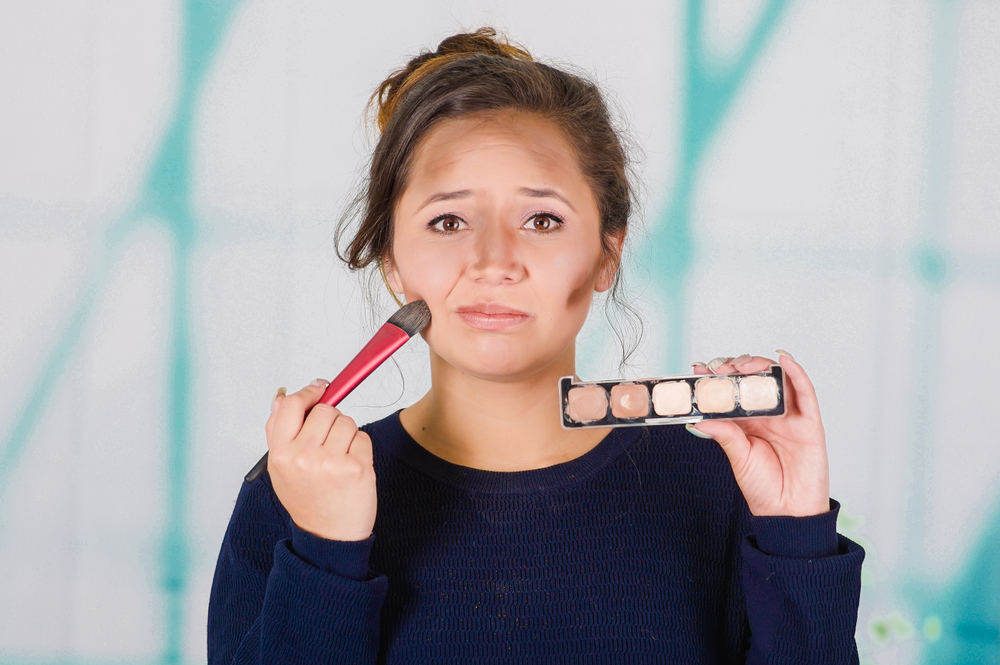In the ever-evolving world of lifestyle trends, some fads rise to the top only to fade away just as quickly. We’ve all been swept up in the allure of a new craze, only to find out it was quietly canceled without much fanfare. Whether it’s a wellness trend that promised the world or a diet that claimed miraculous results, these fads have had their moment in the spotlight. So let’s take a stroll down memory lane and revisit 13 popular lifestyle fads that disappeared without a trace. You might just find that some things are better left in the past.
1. Juice Cleanses

Juice cleanses once promised the ultimate detox, boasting claims of weight loss and body rejuvenation. People would swap their meals for colorful, cold-pressed juices, believing they’d emerge healthier and lighter. Yet, as the initial buzz faded, the drawbacks became glaringly obvious. Critics argued that subsisting on juice lacked essential nutrients and could lead to muscle loss and fatigue. According to a study by the British Journal of Nutrition, these cleanses are often low in protein, which can lead to decreased energy and a slowdown in metabolism.
Despite the hype, the shortcomings made people reconsider whether a juice cleanse was a viable health strategy. Many found that these regimens left them feeling deprived rather than revitalized. Without the promised magical results, the enthusiasm began to wane. The market shifted to more sustainable and balanced approaches to health and nutrition. Thus, the juice cleanse drifted into the background, a relic of past health trends.
2. Waist Trainers

Waist trainers were once hailed as the secret to an hourglass figure, popularized by celebrities and influencers. People wore these corset-like garments for hours, expecting to cinch their waists into perfection. However, the reality proved much less glamorous than the promise. Critics highlighted the discomfort, potential health risks, and lack of scientific backing for long-term effectiveness. Over time, the fad lost its sheen as people recognized the importance of sustainable exercise and diet for body shaping.
The allure of instant transformation was undeniable, yet the practicalities couldn’t match the fantasy. Stories emerged of people experiencing bruising, difficulty breathing, and digestive issues. The initial excitement fizzled as these downsides became more widely known. Many turned to more natural methods, embracing body-positive messages and realistic health goals. Waist trainers slowly faded from the public eye, leaving behind lessons about quick fixes and body image.
3. Bulletproof Coffee
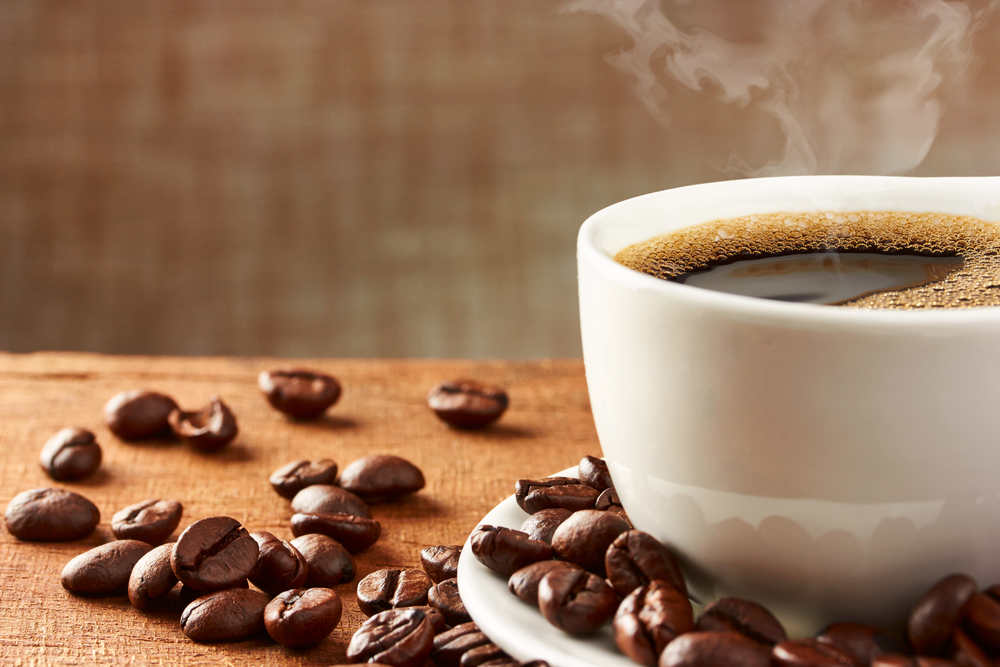
Bulletproof Coffee stormed onto the scene as the ultimate breakfast replacement for the biohacking crowd. The blend of coffee, butter, and MCT oil was said to enhance energy, focus, and fat burning. Enthusiasts praised it as a breakfast revolution, but soon doubts began to surface. Nutrition experts began questioning the healthfulness of swapping a balanced meal for a calorie-dense beverage. According to Harvard Health, relying on such high-fat content can raise cholesterol levels, countering its purported health benefits.
Despite its initial appeal, the limitations of Bulletproof Coffee became apparent. The lack of essential nutrients and fiber left people feeling less satisfied and more prone to cravings. As the trend matured, people began to prioritize varied and nutritious breakfasts. The coffee concoction slipped down the popularity scale as more balanced morning routines took hold. Once a staple of trendy cafes, it’s now a niche interest rather than a widespread movement.
4. Barefoot Running

Barefoot running emerged as a minimalist approach to running, propelled by the idea that shoes hindered natural movement. Proponents suggested it improved foot strength and reduced injury risk. However, the lack of support led to mixed results, with some experiencing increased injuries. Studies began revealing that running without proper footwear could exacerbate existing issues for many. The trend’s promise of a natural solution clashed with the realities of modern surfaces and long distances.
As barefoot running’s popularity surged, so did the awareness of its limitations. People discovered that transitioning required a careful and gradual approach, often involving more pain than gain. Enthusiasts touted it as a return to nature, yet it failed to address individual biomechanics and needs. The initial excitement waned as runners sought a balance between minimalism and practicality. Specialized shoes with minimalist designs emerged to fill this gap, pushing barefoot running to the sidelines.
5. Coconut Oil Cure All
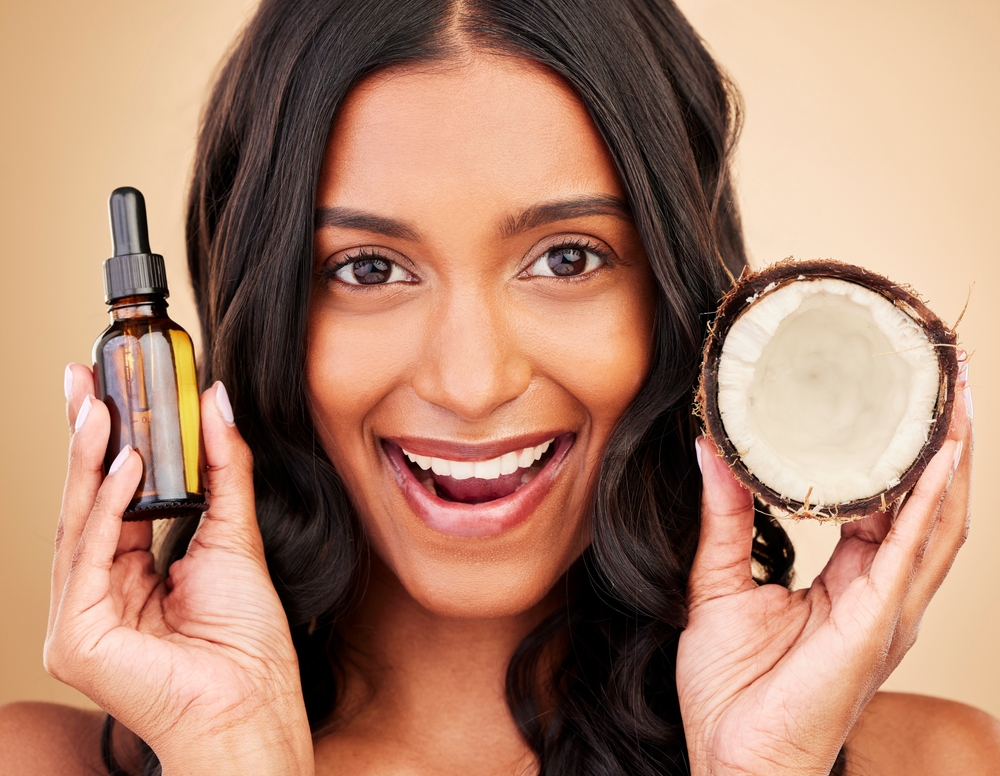
Coconut oil was once hailed as a miracle ingredient, touted for its health benefits and versatility. People used it for cooking, skin care, and even as a coffee additive. Yet, as the trend reached its peak, experts began to question its health claims. Critics pointed out its high saturated fat content, which can negatively impact heart health. According to the American Heart Association, replacing saturated fats like coconut oil with healthier fats could reduce cardiovascular risk.
Despite its widespread popularity, the coconut oil frenzy couldn’t withstand growing scrutiny. As research challenged its health benefits, people began to diversify their culinary and beauty routines. The trend lost momentum as more balanced options gained traction. While coconut oil remains a pantry staple, it’s no longer seen as a cure-all. The shift towards moderation marked the end of its all-encompassing dominance.
6. Keto Diet
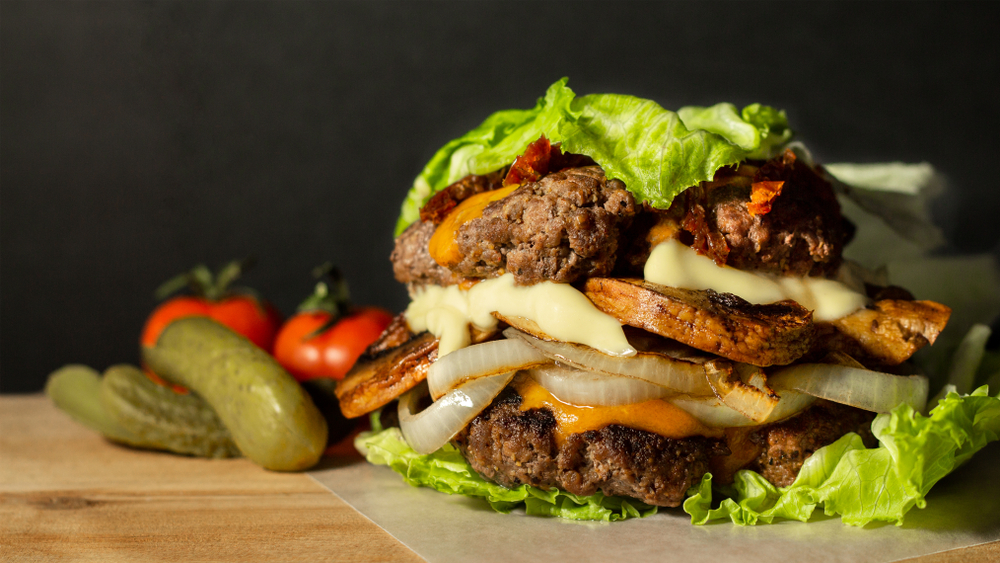
The Keto Diet became a household name, lauded for its rapid weight loss results and health benefits. By drastically reducing carbs and increasing fats, people aimed to enter ketosis, where the body burns fat for energy. As initial success stories circulated, the diet gained a fervent following. However, the restrictive nature and sustainability of keto began to generate concern. Many found it challenging to maintain in the long term, with some experiencing adverse effects like nutrient deficiencies.
As the sheen of quick results wore off, the reality of the diet’s limitations came into focus. People struggled with the lack of variety and social flexibility it offered. The diet’s restrictive nature clashed with the enjoyment and cultural aspects of eating, prompting many to abandon it. Over time, balanced approaches with flexible nutrition gained favor. While still popular in some circles, the keto craze has settled into a more niche space.
7. Matcha Everything
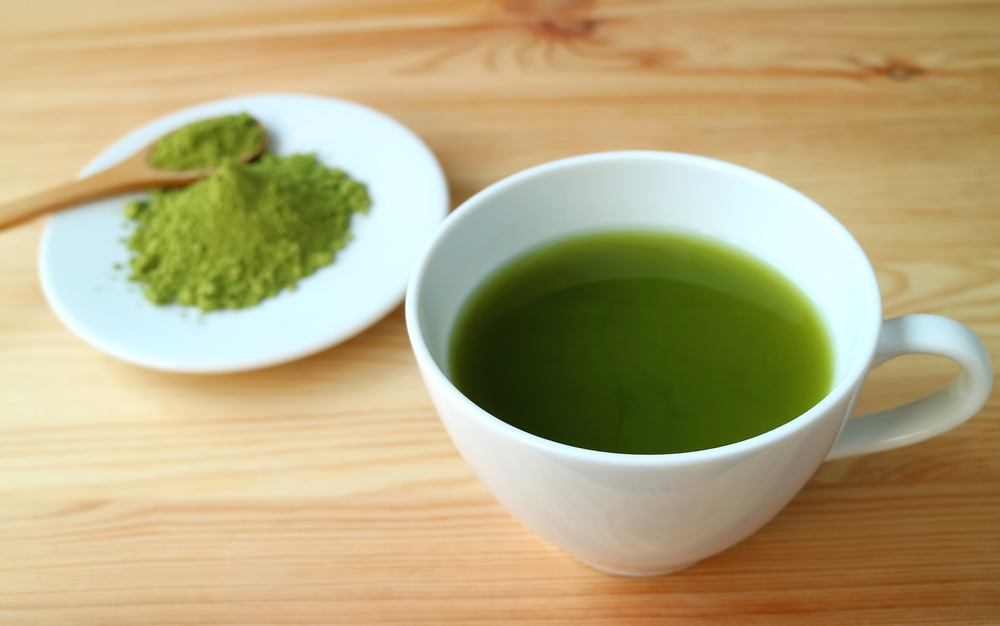
Matcha exploded onto the scene as the superfood of choice, praised for its antioxidant-rich profile. People flocked to matcha lattes, bowls, and desserts, embracing its vibrant green allure. Yet, as its popularity soared, questions arose about its purported health benefits. Nutritionists highlighted that while matcha is beneficial, it shouldn’t replace a balanced diet. According to a report by the European Journal of Nutrition, the health benefits of matcha are best realized when it complements, rather than replaces, a varied diet.
Despite its initial boom, the allure of matcha began to settle into a more moderate trend. People realized that while it can be part of a healthy lifestyle, it’s not a panacea. The focus shifted from matcha-everything to incorporating it more mindfully. As other superfoods emerged, matcha’s novelty wore off, allowing it to take its place as one of many health-boosting options. Once a headline-grabbing trend, it’s now just another ingredient in the wellness playbook.
8. Activated Charcoal

Activated charcoal made a splash with promises of detoxification and teeth whitening. Products from drinks to toothpaste featured this inky ingredient, claiming to remove toxins and impurities. However, the excitement quickly dimmed as experts raised concerns about safety and efficacy. Critics pointed out that charcoal can’t differentiate between good and bad substances, potentially leading to nutrient malabsorption. Over time, the fad’s appeal dulled as its limitations became more apparent.
The initial buzz of activated charcoal was potent but short-lived. People became wary of overuse, as it could interfere with medications and nutrients. As the trend’s effectiveness came under scrutiny, it gave way to more targeted detox methods. Despite its eye-catching appearance, charcoal’s drawbacks led to a decline in popularity. It’s now more of a curiosity than a staple in health routines, remembered more for its dramatic color than its benefits.
9. Essential Oil Healing

Essential oils once permeated every aspect of wellness, hailed as natural remedies for ailments and mood enhancement. Aromatherapy enthusiasts championed their potential to alleviate stress, improve sleep, and boost immunity. However, as the trend grew, so did concerns about misleading health claims and allergic reactions. Researchers highlighted the lack of robust scientific evidence supporting many of the oil’s supposed benefits. The trend of applying oils everywhere eventually faced pushback for over-promising and under-delivering.
As the fervor for essential oils intensified, so did the cautionary tales. People began to experience skin irritation and adverse reactions from improper use. The allure of natural healing clashed with the importance of evidence-based practices. As awareness of potential risks grew, the trend’s popularity waned. Essential oils settled into a more balanced role, supplementing rather than replacing traditional medicine.
10. Raw Water

Raw water emerged as a contrarian’s delight, boasting claims of purity and health benefits untouched by filtration. Proponents argued that untreated water retained beneficial minerals and probiotics. However, the concept faced immediate backlash from health experts and public officials. Concerns over potential contamination and waterborne diseases overshadowed any supposed advantages. The trend quickly fizzled as people recognized the importance of safe drinking water.
Despite its initial intrigue, the raw water movement couldn’t hold up under scrutiny. The risks of consuming unfiltered water became glaringly apparent, limiting its appeal. Health authorities emphasized the necessity of treated water, challenging the trend’s foundation. Public perception shifted towards valuing safety and cleanliness over perceived naturalness. Raw water’s brief moment in the limelight ended as quickly as it began, leaving a cautionary tale about prioritizing safety over novelty.
11. Collagen Supplements

Collagen supplements soared in popularity, promising youthful skin, strong nails, and joint health. People embraced powders and pills, hoping to stave off the effects of aging from the inside out. However, the hype began to wane as questions arose about their efficacy. Experts pointed out that collagen is broken down during digestion, potentially limiting its benefits. As the trend matured, people began to explore more comprehensive skincare and nutrition approaches.
The initial promise of collagen supplements captivated those seeking to maintain a youthful appearance. Yet, the complexities of how the body processes collagen started to surface. As more holistic beauty routines gained traction, the reliance on supplements lessened. People shifted their focus towards balanced diets and topical treatments. The collagen craze receded, becoming part of a broader conversation about holistic wellness rather than a standalone solution.
12. Alkaline Diet

The alkaline diet promised to balance the body’s pH levels through food choices, reducing acidity and improving health. Advocates claimed it could prevent disease and promote weight loss by altering the body’s chemistry. However, the science behind these claims proved shaky at best. Researchers highlighted that the body’s natural regulatory systems maintain pH levels, regardless of diet. The trend’s appeal waned as the lack of scientific support became clear.
The allure of controlling the body’s pH through diet was enticing but ultimately flawed. People began to question the diet’s foundation and its restrictive nature. As evidence against its claims mounted, interest dwindled. The shift towards science-backed nutrition approaches left the alkaline diet behind. Today, it’s more of a curiosity than a cornerstone of health advice, serving as a reminder of the pitfalls of oversimplified solutions.
13. Fitbit Frenzy

Fitbits and similar wearable fitness trackers sparked a craze for quantifying every step and heartbeat. People embraced the technology, motivated by gamified health goals and step challenges. However, the focus on numbers sometimes overshadowed the joy of exercise and holistic health. Critics pointed out that while tracking can be motivating, it doesn’t replace meaningful lifestyle changes. As the novelty faded, people began seeking balance in their fitness journeys.
The Fitbit frenzy initially captivated those eager to take control of their fitness with data-driven insights. Yet, the obsession with metrics could detract from the simple pleasure of physical activity. As the limitations of wearables became apparent, the trend’s intensity diminished. People sought a more intuitive approach to fitness, valuing enjoyment and consistency over constant tracking. Wearables remain popular, but their role has evolved to complement a broader understanding of health and wellness.

